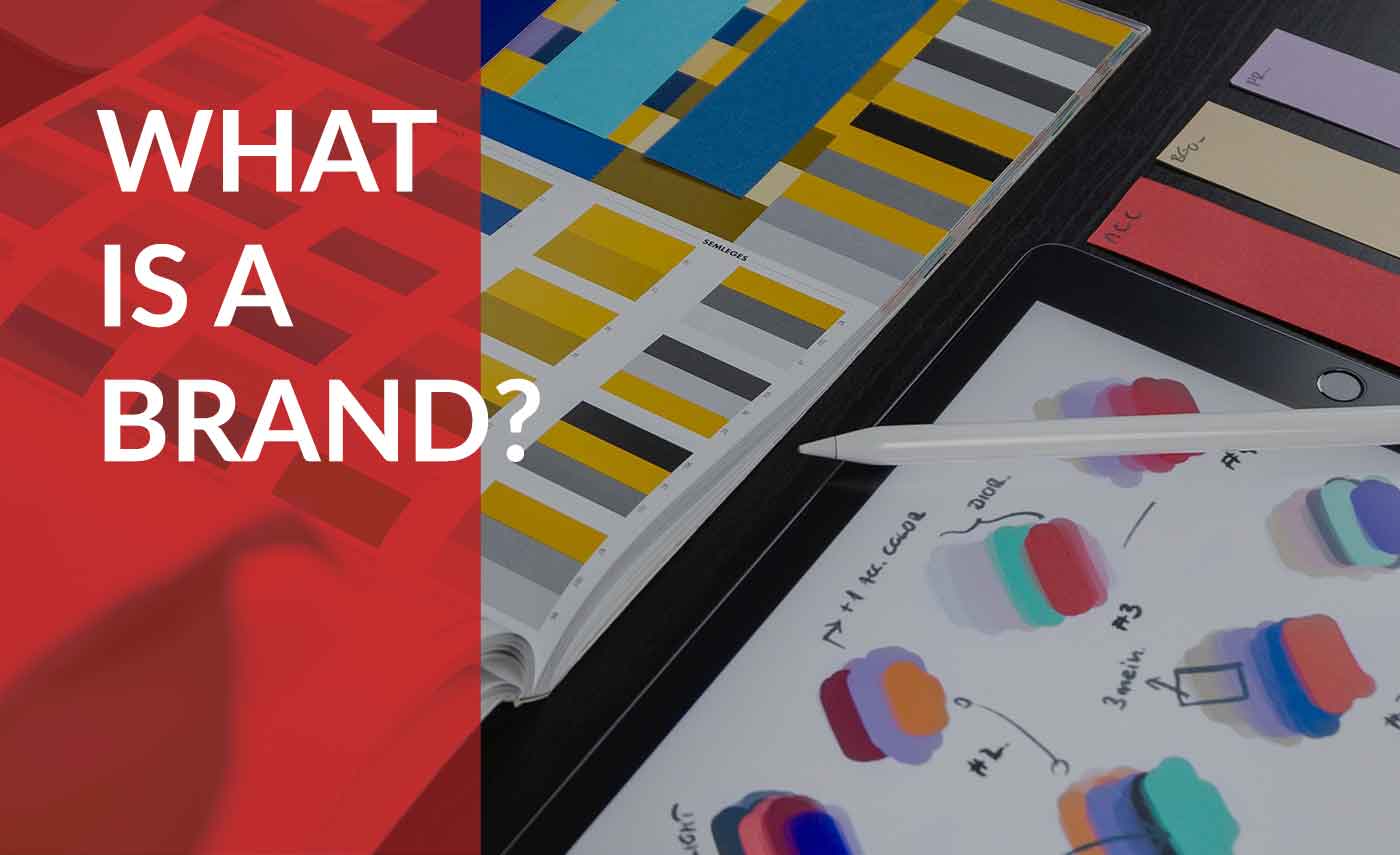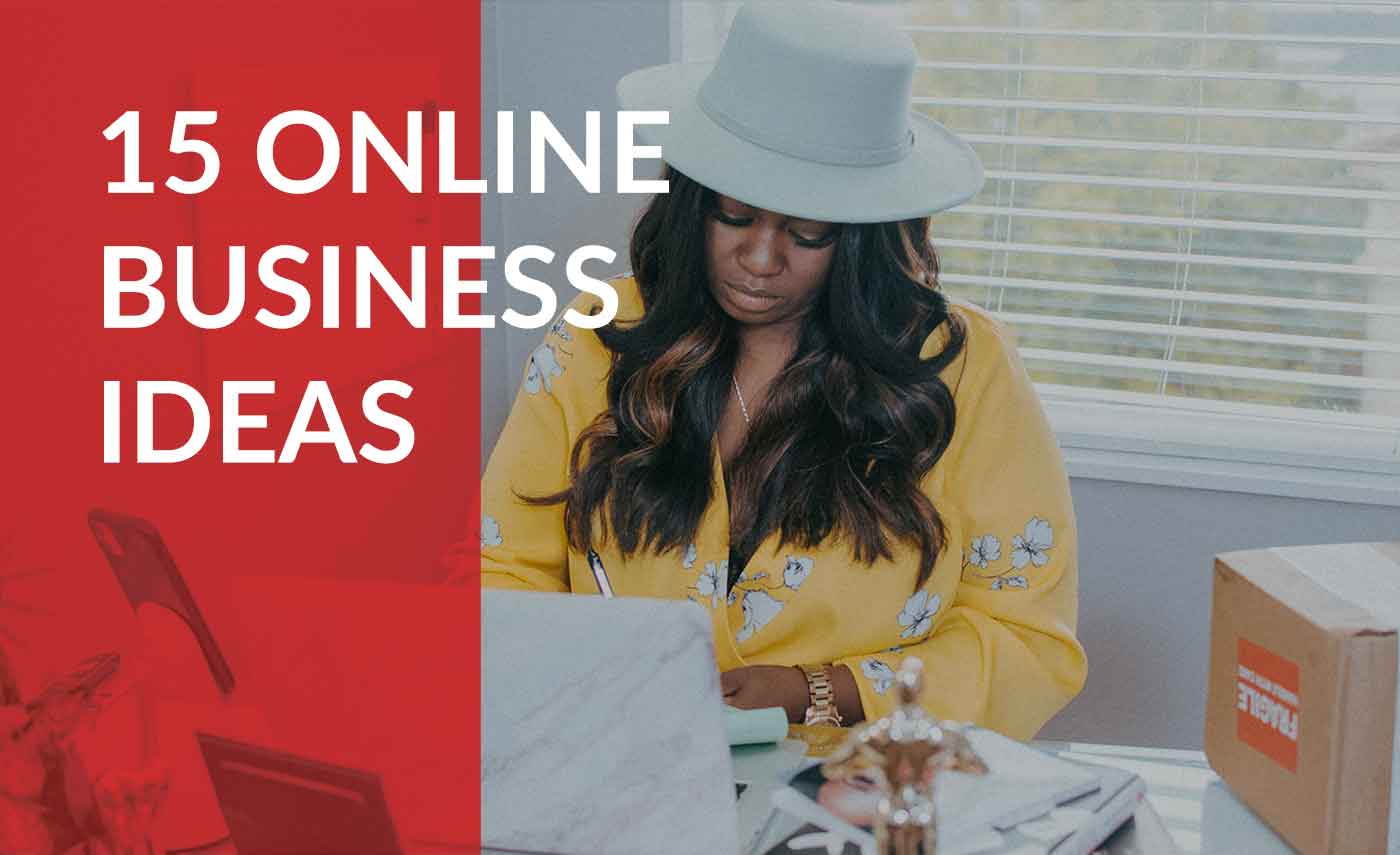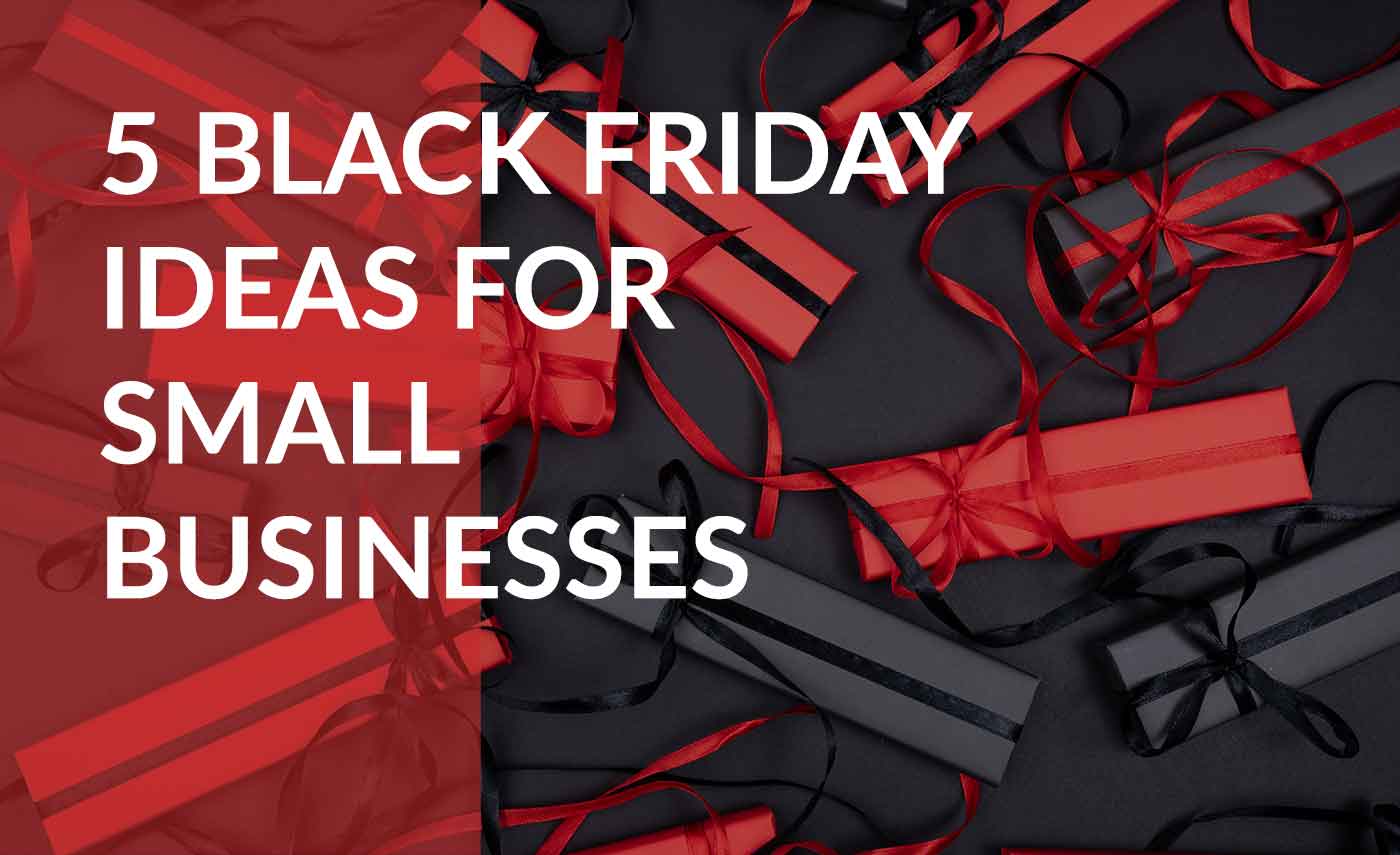Guide to Branding: What is a Brand?
No matter what business website, journal, or expert you turn to, they all say the same thing — branding is essential to business success.
Your brand is what makes you and your business unique — if it could be distilled down into something tangible, we’d venture to call it your “special sauce.”
Your brand is a first impression — the first impression that customers and potential clients will have of your business. You don’t get a second chance at a first impression, so make it count.
The good thing is, you don’t have to go at it alone. We’re here to help you understand what it takes to craft the perfect brand and take it to market in our two-part guide to branding.
What Is a Brand?
Your brand comprises many things: It’s your business and website colors, your logo, the products and services you offer, and the way you present your business online. It’s the feeling someone gets when they hear your business or domain name, and it’s what they think of you as they browse your site. And yet, that still doesn’t fully capture what your brand is.
In essence, your brand is the summation of every single touchpoint a person can have with your business and what they think about you. That includes your site, social media, products and services, logos, your business’s mission and values, the way you speak to your audience on your site and in your blog, and how you provide customer service.
You can build and work on elements of your brand to influence it; however, keep in mind that it’s just as much what someone thinks of your business as it is the elements you can control, like your logo and colors. Ultimately, your brand lives and dies in the eyes of the consumer.
To get a bit more technical, let’s look at how Merriam-Webster defines “Brand.” They say it’s a “class of goods identified by name as the product of a single firm or manufacturer, a characteristic or distinctive kind, and a public image, reputation, or identity conceived of as something to be marketed or promoted.”
Why Are Brands Important?
Your brand sets you apart from the competition. When all else is equal, a customer’s brand loyalty is the deciding factor in where and with what business they choose to transact. Jeff Bezos once said, “Your brand is what people say about you when you’re not in the room.”
So, what do you want your customers to say about you? And how can you influence it? Let’s explore different elements of branding that you can work on to craft the perfect brand identity.
Elements of Branding
Your brand isn’t entirely within your control. You see, it’s a living, evolving thing. You set the foundation upon which it grows: Deciding on a domain and business name, your logo, your colors, and your typography. Then, it evolves as people and customers interact with you, get to know your products and what type of service you provide, and when they buy into your mission and values as a business.
Business and Domain Name
Names affect brands, but how?
A good name lends trust and credibility to your business, to your brand. A good name is one of your company’s most valuable assets, and if you don’t believe us, you need only look to one of the largest businesses of our time, Starbucks, to find out why.
Starbucks co-founder, Gordon Bowker, tells us how Starbucks got its name in an interview with The Seattle Times. He says, “We were thinking of all kinds of names and came desperately close to calling it Cargo House, which would have been a terrible, terrible mistake. Terry Heckler [with whom Bowker owned an advertising agency] mentioned in an offhand way that he thought words that begin with ‘st’ were powerful words. I thought about that and I said, yeah, that’s right, so I did a list of ‘st’ words.
Somebody somehow came up with an old mining map of the Cascades and Mount Rainier, and there was an old mining town called Starbo. As soon as I saw Starbo, I, of course, jumped to Melville’s first mate [named Starbuck] in Moby-Dick.”
There you have it — Starbucks was named, in large part, due to the perceived strength of the “st” sound that begins its name.
“Your brand is what people say about you when you’re not in the room.”
Jeff bezos
Words can indeed cause people to feel different things depending on the sounds in the word. Christopher Johnson, Ph.D., a verbal branding consultant known as “The Name Inspector,” discusses these sounds or “rhythmic contrasts” in words in his book MICROSTYLE The Art of Writing Little.
Did you know that business names can be thought of as either feminine or masculine depending on the sound or rhythm of the word? He uses the examples of Chanel, a “feminine brand name”, and Black & Decker, a “masculine brand name”, as explained below.
The name Chanel is an iamb, meaning it consists of an unstressed syllable followed by a stressed one (shə-NEHL or chaNEL.) “Iambs tend to sound lighter and softer,” Johnson writes, while “… trochees tend to sound heavier and harder.” Black & Decker is an example of a trochee; those consist of a stressed syllable followed by an unstressed syllable (BLACK & deck-ER.) He notes that “Most people ‘feel’ this difference even if they find it hard to pinpoint.” Keep in mind that means people will feel a certain way about your business name, probably without realizing it, so put some extra thought into naming your business.
Choosing the right domain name should be part of the process of selecting your business name. Both will support your brand, and for consistency, they should be as similar (if not exact) as possible. Successful businesses in this day and age require having an online presence, so a website (and therefore, domain name) is a must.
Here’s what else you should keep in mind when deciding on the perfect domain name for your brand:
- Does it pass the radio test?
- If someone were only to hear your domain name in passing on the radio and never see it written out, could they navigate to it? If the answer is no, consider going back to the drawing board and choosing another name.
- Avoid unique spelling, punctuation, or excessive numbers.
- For starters, it won’t pass the radio test. Do you really expect people to remember that instead of the letter “I,” you use the number “1” in your domain name? Or that you have approximately five hyphens and three numbers in your domain? No, you can’t reasonably expect that. And if people can’t remember or spell your domain name, the chances of them getting to your website are slim.
- Make it memorable.
- Try to keep your domain name short. The longer it gets, the more chances people have of mistyping and never reaching your site.
- Buy alternate misspellings of your domain name.
- This helps in two ways:
- If there are common misspellings of your domain name, purchase them to ensure you get any traffic from people who mistyped your correct domain.
- It prevents competitors from purchasing misspellings of your domain name. If your competitor owns those misspelled alternates of your domain, they can redirect traffic from there to their own site.
- This helps in two ways:
- Consider a new domain extension.
- Is .com really king? It’s well known, and people recognize it, but nowadays, there are thousands of domain extensions that can help you get the perfect domain name.
- Starting an online store? Try .store. Opening a yoga studio? Try .yoga. There is a domain extension for just about everything, and these TLDs can help add context and memorability to your domain name.
Find the perfect domain today.
Business and Brand Logo
Humans are visual creatures, so hook their attention with a good-looking logo.
Why are logos important? Just like with domain names, a good logo is a calling card for your brand. Your logo should be memorable and unique enough that when people see it, they instantly think of your brand and don’t confuse it with another.
There are various types of logos, ranging from strictly visual (think abstract logos like Chase Bank) to mascots (used by many sports teams), emblems (law firms or universities), and lettermarks and wordmarks (like CNN or Google, respectively.)
Domain.com uses a variety of logos, like you see below, to help support our brand.
When designing your logo, keep the following tips in mind:
- Leverage white and empty space.
- Your logo doesn’t need to look “busy” to communicate your brand.
- Rely on your business’s color palette.
- Where will your logo be displayed?
- You’ll likely need different versions or sizes so that it looks good on your website, in your emails, and on social media.
- Relevancy is key.
- Your logo is representative of your brand, don’t forget that.
With Domain.com, it’s easy to create a professional logo to support your brand. All you need is a name, and Domain.com’s LogoMaker will instantly create hundreds of logo options for you to choose from. Then, you can customize everything from colors and fonts to icons and more.
Sign in to your Domain.com account today and select “Business” at the top of your control panel to leverage the power and design capabilities of LogoMaker.
Design a logo with LogoMaker.
Color Psychology and Branding
Designing a website can be a lot of fun, especially when you use a tool like WebsiteBuilder, which does all the heavy lifting for you. That gives you more time to focus on the creative aspects, like the color palette your business and site uses.
Your brand’s color palette can affect the way people interact with you. This is due to color psychology, or “the study of hues as a determinant of human behavior.”
Certain colors lend themselves to specific associations. In Western culture, we say that green is the color of envy and think of blue as relaxing and meditative. The color black, for example, is believed to represent wealth and prosperity in Eastern cultures and is foreboding and threatening in Western cultures.
Domain.com’s primary color is Carmine Red, as you see below. We chose it to help us create a strong, bold, and energetic brand expression that helps us stand out and build recognition.
From there, we selected an accompanying functional color palette — one that’s monochromatic and leverages greyscale to add a stark contrast to our primary color.
Go into your color selection with an idea of what you want those colors to exemplify. For Domain.com, we embrace a minimal and clean color palette to allow for deliberate emphasis on bold visual elements. Our colors are meant to inspire and drive action, to help the Doers out there get more done.
Font and Branding
A successful brand understands that different fonts send different messages to their audiences. So choose your fonts carefully — no one wants to send the wrong message to their audience accidentally.
There are hundreds and hundreds of fonts available to you, some you can find for free, and others require purchase. However, most of the fonts you’ll want to use fall into the following categories:
- Serif
- Serif fonts are distinctive due to the flourish or decorative stroke at the end of the letters (both horizontally and vertically.) These fonts generally give your site and brand a more formal tone.
- Sans
- Sans fonts add no serifs, or decorative strokes, to their letters. In fact, in French, “sans” means without. These fonts give off a modern and straightforward vibe.
Domain.com uses Lato for its branding, choosing it for its flexibility and bold, modern style.
What are you thinking about using for your brand? Why? Let us know in the comments!
Customer Service, Values, and Branding
A consistent customer experience is at the core of your brand. To put this into perspective, let’s look at Starbucks again to see what they’re doing right.
Whether or not you’ve had their coffee (and with over 28k locations, we’re betting you have), the odds are good that you’ve heard of Starbucks. How did they get to be so big and such a well-loved brand?
The intelligent minds at Starbucks realized that their brand, their business persona, was in the hands of their customers. Understanding that, they’ve since done everything they can to enhance the public’s perception of them positively.
Starbucks trained its partners (what they call their employees) to greet you when you walk in the door and know that it should only take 3 minutes from that moment until you get your drink. I don’t know about you, but a cheerful greeting and expedient service are likely to make me think more fondly of a business.
Starbucks provides a consistent experience. You’ll find similar menus across most of their locations, all of which are easily identifiable by the green siren logo. Not to mention, that logo is one of the world’s most recognizable logos. Their locations are comfortable, inviting, and positioned as a “third place” — a place between home and work that’s welcoming and relaxing.
Starbucks’ mission statement is, “To inspire and nurture the human spirit — one person, one cup and one neighborhood at a time.” They live this mission in their stores, and it’s reflected in the materials they choose to share on social media. They do such an excellent job of living their mission statement, and so it’s how their customers think of them — it’s the heart of their brand.
What would happen to the Starbucks brand if they decided to double all their prices, increase the wait time for drinks, and hire only surly service workers? Those wouldn’t be changes to the material goods they offer, but changes that affect the customer experience. Their brand would undoubtedly suffer because it lives in the eyes of the consumer.
Have you ever been to the Starbucks website? In our original definition, we said that “Your brand is the summation of every single touchpoint a customer can have with your business and how they think about you.” Websites are customer touchpoints, and Starbucks’ site is designed to reflect their commitment to their mission statement and ease of use.
We understand that you may not have a Starbucks-sized budget to run and market your business, but you can still cop a few of their tactics to grow your brand. Put your customers first, provide a good and consistent experience, and live your mission statement.
A Successful Brand Is a Successful Business
Take the time to focus on building and crafting your brand before launching your business in the market.
Structural elements like your logo, color palette, and typography and fonts keep your brand consistent and robust. These core pieces work together to make your brand recognizable wherever it appears.
Once you’ve nailed your structural elements, you can approach your brand’s more flexible and creative elements, like selecting what photography and illustration to use on your site. All of these things help communicate a broader range of emotions, showcase your products, and create clear points of view for your customers.
Ready to work on your brand and bring your business to life? Domain.com has all the tools you need, so get started today.
Build your brand with Domain.com.







